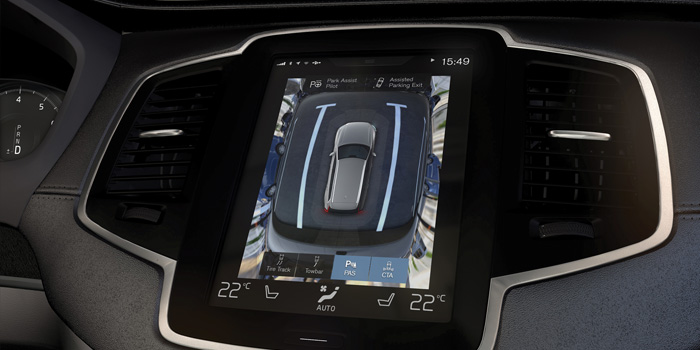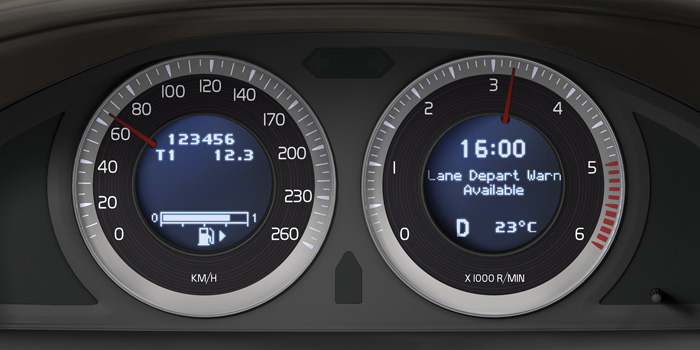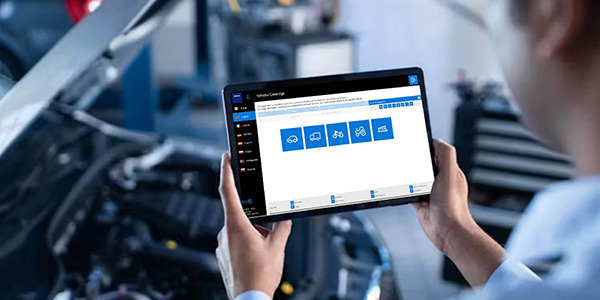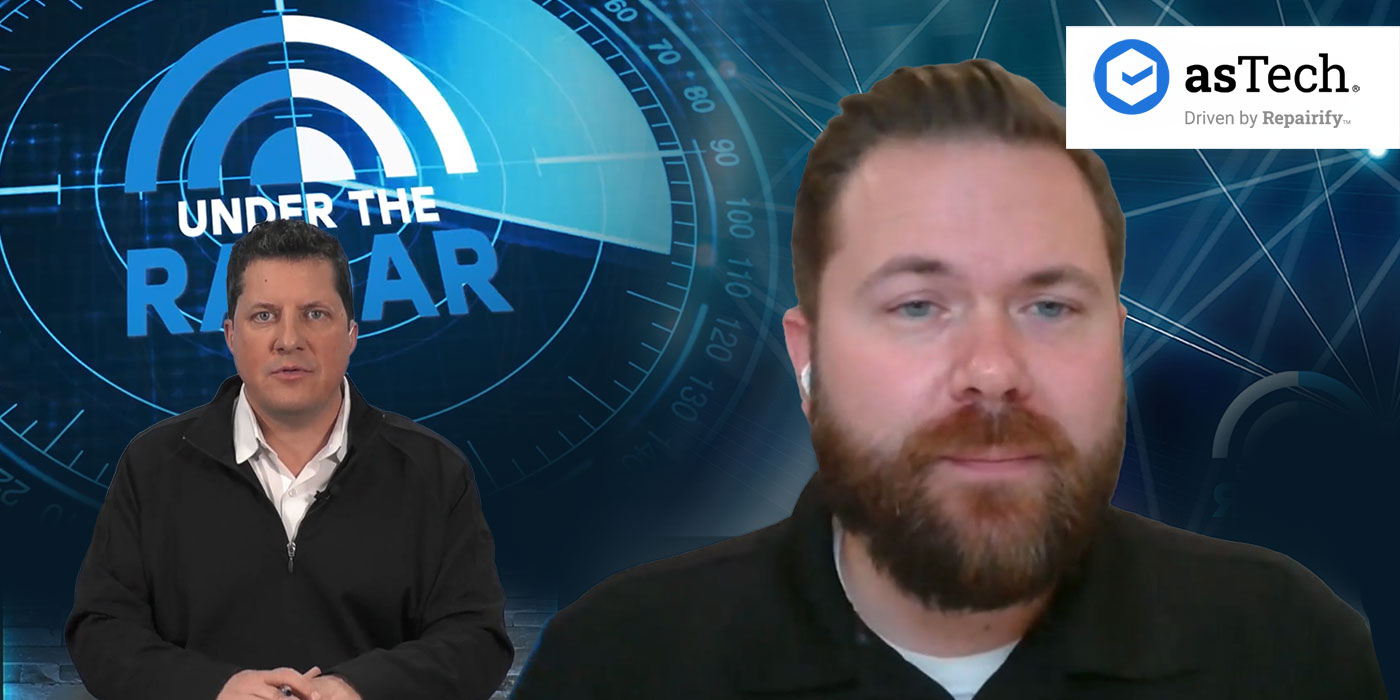
I often start off seminars or classes with technicians, estimators, adjustors and shop owners with a simple question: Is our industry changing? The weary look I see in all of their eyes is, yes.
New building materials and welding procedures are changing how we do business. But the new electronics packages in vehicles have changed and added challenges to the way we do business, too. They have also created a lot of frustration, which I see all day long in the eyes of estimators and technicians in shops everywhere. Compounding the frustration is that there is so much limited information on what, how and when to do scans or recalibrations. So many shops find they do not have the proper tools and or training to finish the repair, which leads to either finding a shop that does have the equipment and training or sending the vehicle to the dealer. Either way, time and money is lost.
Autonomous Vehicles
We may be a ways away from autonomous vehicles that can drive anywhere on their own, but we’re getting a much better view of the possibility. Manufacturers have some major hurdles to overcome before the public will hand over control of the vehicle. My opinion is that it takes the fun out of driving. New sensor systems can provide information to drivers that we have not experienced before. Whether it’s for autonomous driving or crash avoidance, these electronics packages are here to stay and will progress further. Keeping up may be a tough road for all of us.
A Moving Bullseye
What should a shop be doing to alleviate the issues? There is no easy answer to this question. The vehicle manufacturers also keep adding to the confusion by adding more electronics every model year, so it’s like hitting a moving bullseye, which is a major drain on resources and time.
We’ve leaped past the need for simple scan procedures to read codes and replace parts to needing multiple computers that have the ability to read and connect live to computers on board the vehicle. These scan tools need to be able to recalibrate and reprogram the electronics.
Many times, targets or target boards are required to aim cameras or to calibrate sensor points. Much of this equipment is unique to each manufacturer. A target board being used by Honda is not the same as Audi. Subaru has its own set of procedures, as does BMW and Mercedes along with Ford. This issue is complicated by the fact that many vehicle manufacturers have their own programming with limited outside access, therefore a one-tool-to-do-it-all approach is not a reality in the near future. With the requirements of multiple laptops and licenses with subscriptions for access and codes, we’re talking a lot of equipment training, which costs money.

One approach by manufacturers is to plug the vehicle in live to their computers via the Internet at their dealerships, not a third party. As the issues of vehicle hacking and viruses grow, protecting the vehicle’s electronics and the computers of the vehicle manufacturer becomes high priority. By limiting access, they can control access to vehicles but also store history and codes to which parts are serviced or replaced, thus verifying that all repairs were done correctly on electronics. This also controls the use of vehicle manufacturer parts. Keep in mind that because of the extensive use of these systems in Europe, there are some scan tools available that can do multiple lines of vehicles. These are vehicle manufacturers that are using the same or similar electronics suppliers.
A company in the UK just started a company solely for the purpose of recalibrating sensors and cameras for windshield replacements and body shops, similar to airbag service companies in the U.S. I see fledgling industries starting to address repair centers’ needs. The question is, what do we do right now?
Assessing Capability
To determine your shop’s capability to do these repairs, you must first ask yourself what tools are in place that can do what? Scan tools can detect trouble codes and reset many of them. Everyone in the shop needs to know what can be done in-house and what will have to be subletted.
One scan tool does not read all years, makes and models. You may not be able to do a scan on all makes and models, but can you scan the majority of vehicles that come into your shop? This helps to alleviate some of the expense of having to send the vehicle to a dealer or have a service come out – not all expenses, but it’s a start. This helps to minimize cycle time issues.
When a vehicle comes in that is not on your shop’s list of what you can do, you need to set up time in the repair process for the electronic requirements. Have a cheat sheet for estimators to know what is or can be done. If your scan tool is able to do some recalibrations, that information should also be available to avoid wasting time and effort running around asking, “Can we do this scan?” or “Can we do this recalibration?”
If your shop is doing board meetings or shop meetings in the morning, it’s good to remind the technician of your expectations so he can verify he has the right tool for the job before it gets to that point. This helps to alleviate those surprises we all enjoy.
Purchasing Scan Tools
It may also be time to see if purchasing a scan tool or tools is best for your shop. Take a look at the majority of vehicle manufacturer makes and models you repair and what changes they’re making in the future. Is it time to bring as many repair procedures as possible in-house or keep outsourcing? Outsourcing to dealers takes time and money. Outside services take money. What will your return on investment be? These are all things shops should consider as scan tools and subscriptions can be costly.
Scan tools are becoming better at doing more procedures than before. Cost is another story. You pay for what you want to do. We have all learned with airbags that a good scan tool can save a lot of time and money. Remember, you need to know your scan tools’ limitations. Some simply read and clear codes. Recalibrating or reprogramming computers, on the other hand, may take a special program to actively change computer settings, which is usually beyond what most scan tools available today can do. But they’re getting better.
Training
How many cars that require that the passenger side seat be recalibrated after a collision leave your facility each month without having the seat recalibrated? Do you know which manufacturers require the recalibration? What happens if the seat isn’t recalibrated? Safety systems and these new Advanced Drivers Assist Systems (ADAS) are already standard equipment on many European makes and are very much integrated into the Asian market as well. American automakers are adding more of these as options as well. Knowing the proper procedures is critical for repairs, and knowing why and how these systems work is critical to estimating. How do you plan a repair of something you know nothing about? I-CAR NEW15 and NEW16 classes due out soon can help you learn more.
How do you know which vehicles need codes cleared, recalibration or reprogramming? Which cars do we look up, and which ones don’t we? What procedures require a recalibration?
I’m going to lay a little blame on our industry here. Somewhere we got away from checking the P-pages and sources for procedures such as ALLDATA and the estimating systems. For example, R&I of a bumper cover may require a recalibration of the sensors, but just because there is no light on the dash doesn’t mean it’s calibrated correctly. This is especially true for windshields on vehicles equipped with the new camera systems for forward crash warning systems and lane lock lane change. As autonomous vehicles become more popular, even changing headlights or removing grilles may require scan tools or dealer scan tools. Even disconnecting a sideview mirror on a door needs to be looked up if recalibration is required. Never assume a scan or recalibration is not required for even the simplest of tasks.
A Problem
If ALLDATA or other sources are not available to verify if a recalibration or scan is required, you could call the dealer and ask. Here’s a problem I’ve found, though: the dealer may not know the issue.
I have a vehicle manufacturer owner’s manual that says a vehicle must have a certain procedure done after service. It is stated right in the owner’s manual, yet when I called multiple dealers on this issue, they said this procedure doesn’t need to be done. I asked them for documentation of that statement, and they said there wasn’t any, they just know better. OK, so if I do not have this procedure done, who has the liability? The shop or the dealer? This is one reason why so much frustration abounds on this subject. Everyone has a different answer.
Training people to use the P-pages or look up some information while writing an estimate is good sense. That way, our estimates will be more complete and information on procedures can be given to the tech, saving time and money. Having technicians look up procedures costs you money, and a shop is only producing revenue if technicians have their hands on the car. I-CAR’s cycle time class brought much of that to light. Sublet procedures and items a shop can’t do must be planned for in the beginning of the job, not at the end before delivery to the customer. Knowing what needs to be done during disassembly and pre-op keeps the repair moving toward on-time delivery. This way, approval by the customer or insurance partner is obtained up front, limiting supplement costs.
Developing the Plan
Buying scan tools and equipment may not be your game plan. Maybe you’ve decided using dealers is more cost effective for your shop. After all, I don’t think any shop will be able to get away from this, as being able to do all vehicles is not a reality in cost and ROI. Either way, have your plan ready as to what you need.
When vehicle repairs are almost done and you know it’s time to get to the dealer, try to schedule this in advance and keep that time and appointment. Working with them to get the repair done timely and quickly will reduce time away from the shop, helping to limit missed deadlines for delivery and improve cycle time. Keeping on top of these requirements will be a daily task, a task that will become more time consuming as these collision avoidance features become more popular and/or required by government standards. Communicating with the dealers may be in your best interest as far as your needs and expectations. You will also learn their approach to the industry’s needs and how much time they’ll need to have with the vehicle. This again limits surprises. Nothing will go perfect every time, but it could lead to consistency, which is easier to plan.
I purposely did not go into detail on scan tools and equipment as that would take up an entire book. Learning about how systems operate will take some training and reading. Taking for granted that everyone understands scan tools and how they work or what is needed for repairs can be the downfall of any shop. I know this is just a surface look at what’s happening, but as change continues, more information will become available. All I can say is hang on – it’s going to get interesting!













